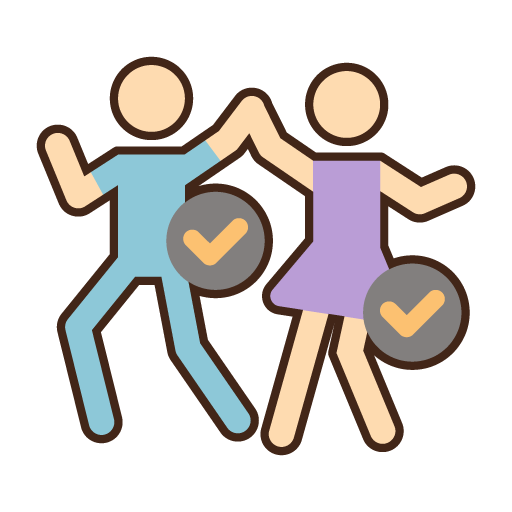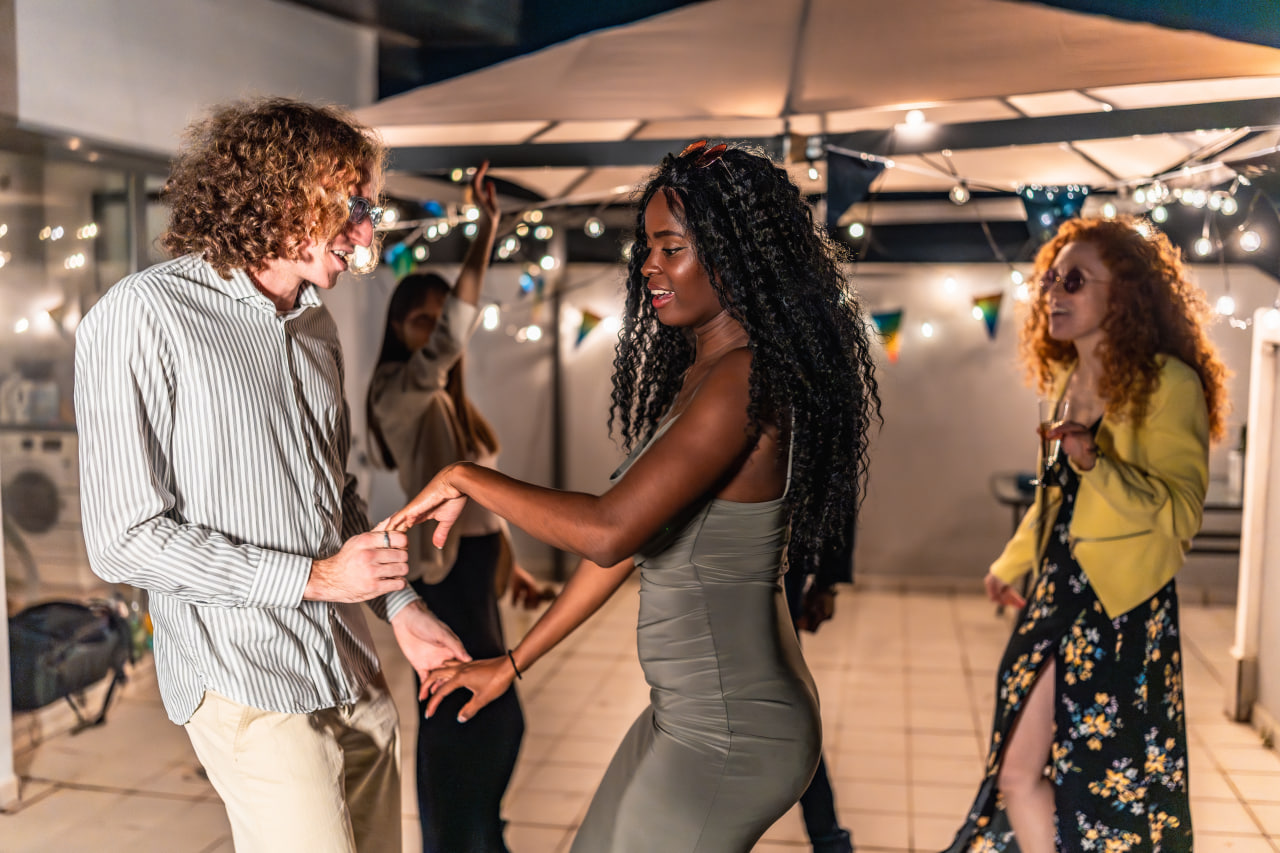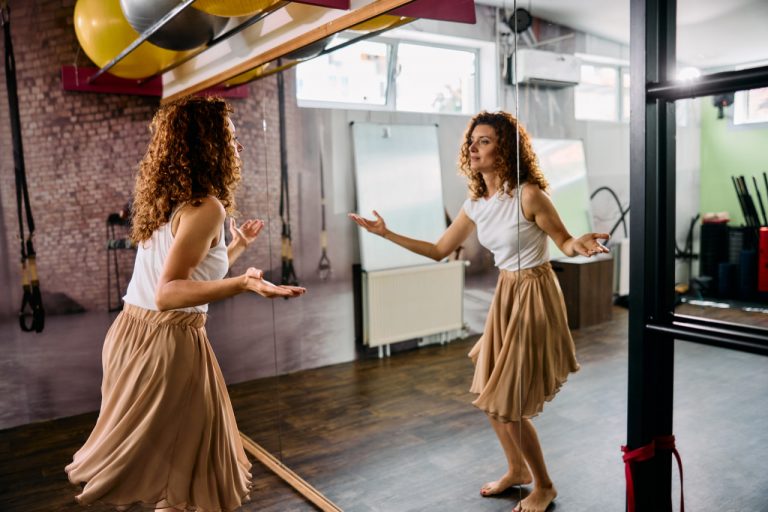In improvisational dance, music is both inspiration and guide. The ability to translate rhythm, melody, and dynamics into movement is essential for expressive and authentic performance. Connecting deeply with music allows dancers to respond intuitively, communicate emotion, and develop their personal style. By understanding musical elements and practicing techniques that link sound to motion, dancers enhance both creativity and technical skill.
Understanding Rhythm and Timing
Rhythm forms the backbone of musical connection. Recognizing beats, accents, and tempo provides a framework for movement. Dancers must train their sense of timing to move in harmony with the music. Practicing exercises such as clapping, tapping, or stepping in time to a beat develops internal rhythm and reinforces coordination between auditory cues and physical response.
Feeling the Melody and Dynamics
Beyond rhythm, melody and dynamics guide expressive movement. Phrasing, pitch changes, and melodic contours can inspire variations in energy, speed, and gesture. High notes might evoke lighter, elevated movements, while lower tones can inspire grounded, weighty motion. Responding to dynamic shifts, crescendos, and decrescendos ensures that movements mirror the emotional content of the music.
Improvisation Through Musical Interpretation
Musical interpretation is the key to translating sound into dance. Rather than replicating choreography, dancers allow music to dictate movement choices spontaneously. This can involve exploring pauses, emphasizing certain beats, or responding to unexpected musical accents. Over time, dancers develop a vocabulary of movements linked to different musical qualities, enhancing creativity and responsiveness.
Developing Musical Awareness
To move effectively with music, dancers need awareness of structure, tempo, and rhythm changes. Listening attentively, analyzing musical phrases, and predicting transitions support more intentional movement. Exercises such as dancing to unfamiliar music or varying tempos challenge dancers to adapt quickly and strengthen their connection between auditory input and physical output.
Body Expression and Musical Nuance
Translating music into movement is not solely about timing—it involves embodying emotional and dynamic nuance. Subtle gestures, shifts in weight, and fluidity convey interpretation beyond literal rhythm. Dancers learn to match energy levels, phrasing, and tonal quality with expressive motion, creating performances that feel authentic and engaging.
Breath and Movement Coordination
Breath plays an important role in linking music to movement. Coordinating inhalation and exhalation with musical phrasing helps maintain fluidity, control, and timing. Conscious breathing ensures that dancers sustain energy throughout phrases, navigate transitions smoothly, and embody the rhythm with precision and ease.
Improvisational Exercises with Music
Practical exercises strengthen the connection between music and movement. Examples include:
- Call-and-response: Responding physically to short musical motifs or rhythmic patterns.
- Mirror improvisation: Moving in response to a partner’s musical interpretation.
- Tempo variation drills: Dancing to the same piece at different speeds to explore flexibility.
- Emotion translation: Assigning movements to different musical moods or dynamics.
These exercises improve responsiveness, encourage experimentation, and enhance the ability to translate complex rhythms into expressive dance.




